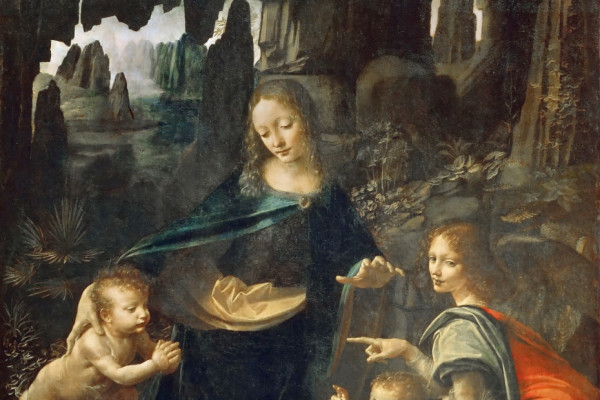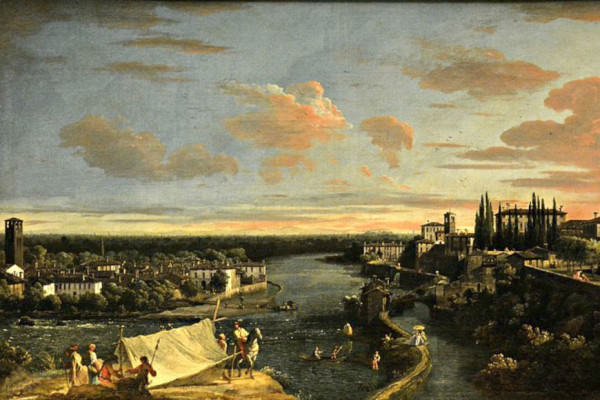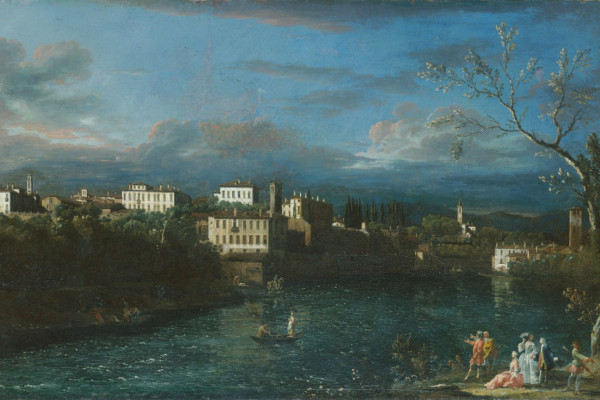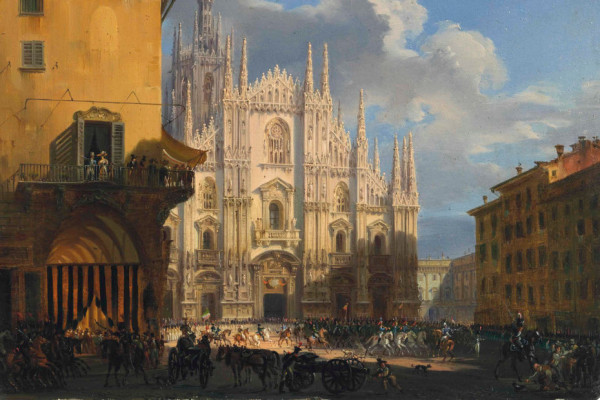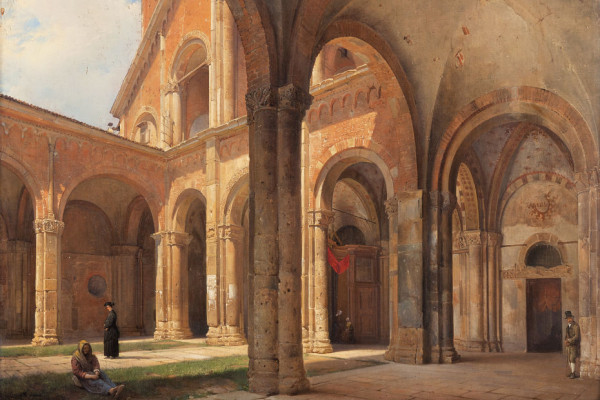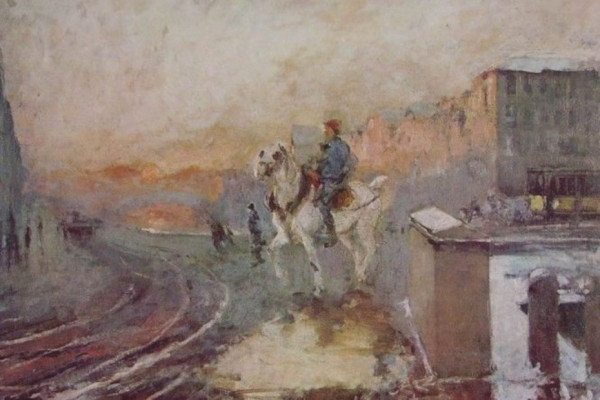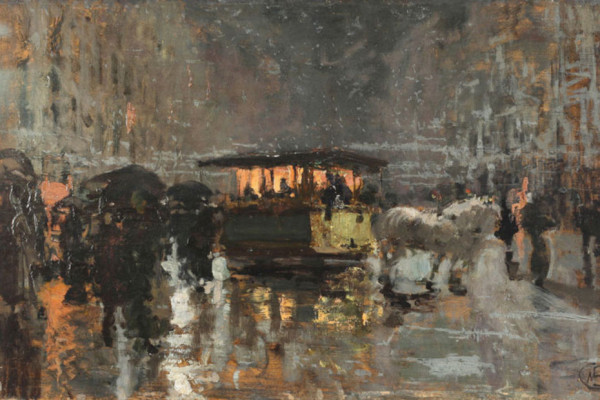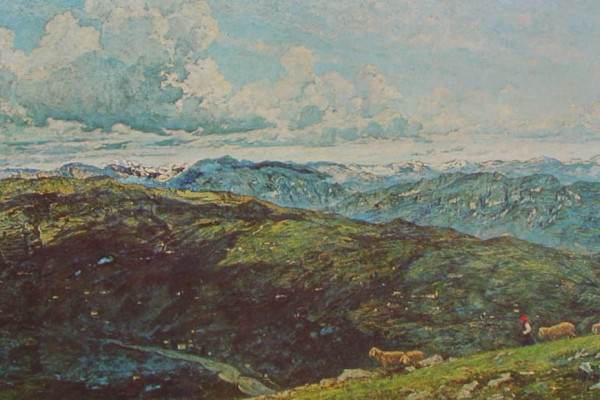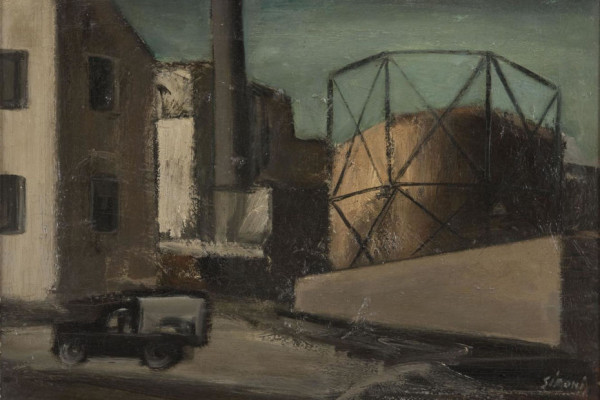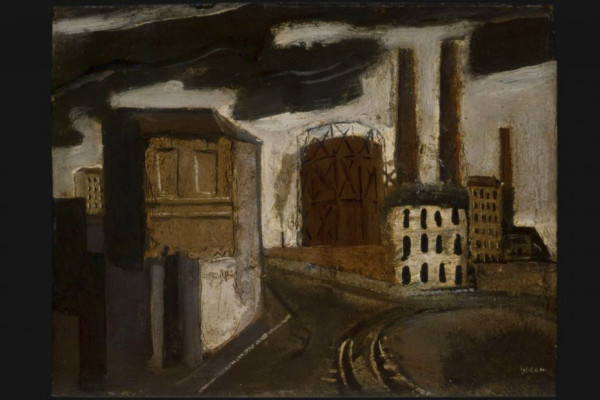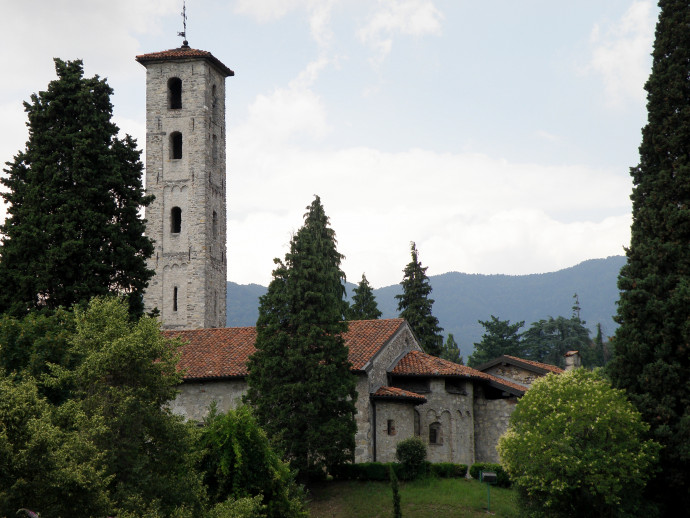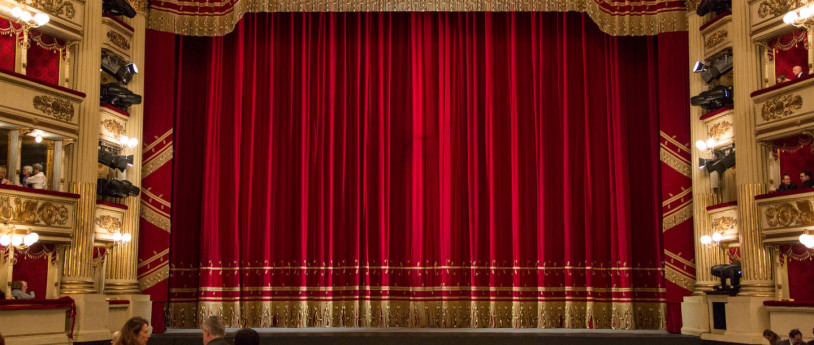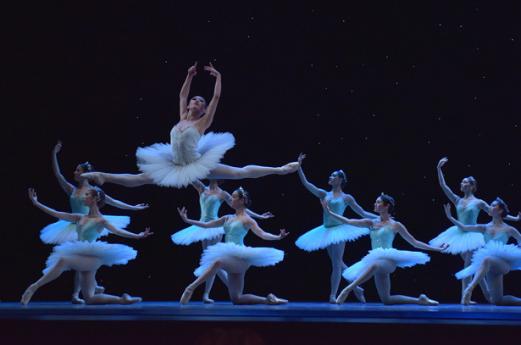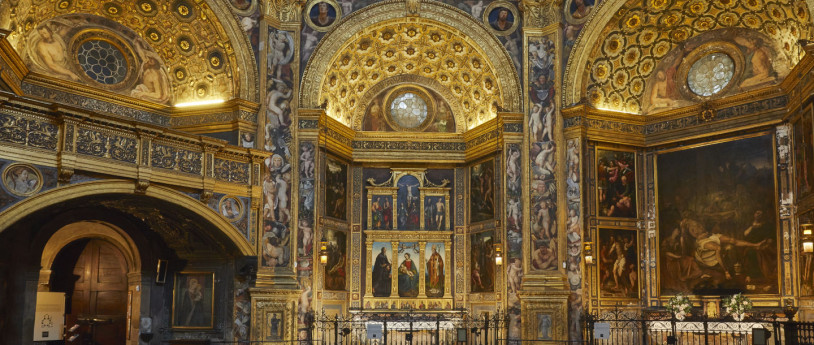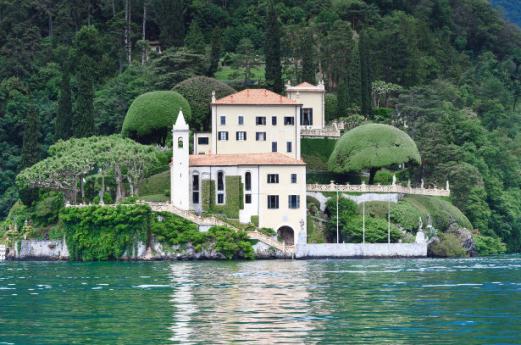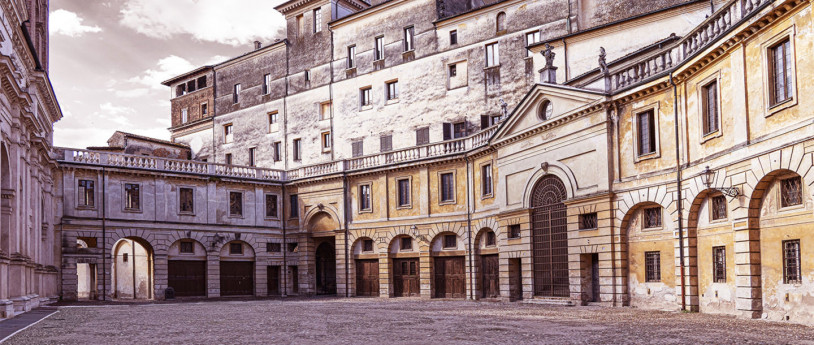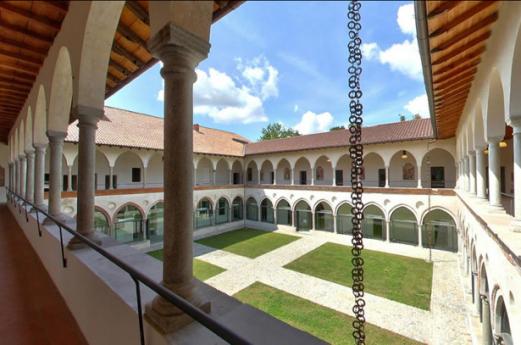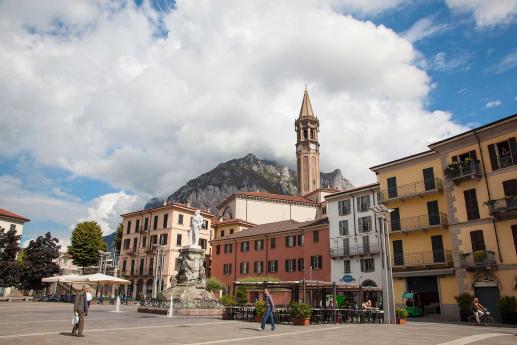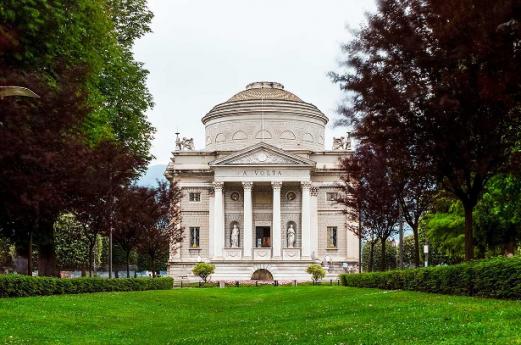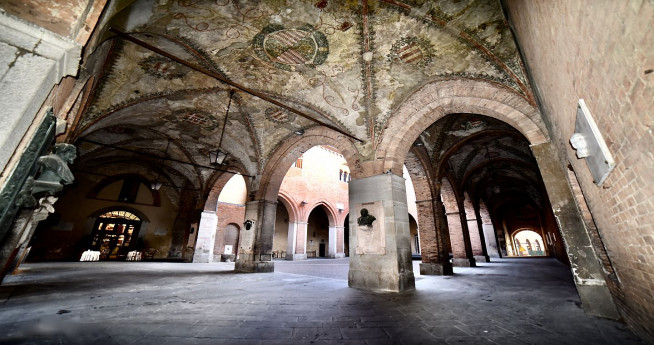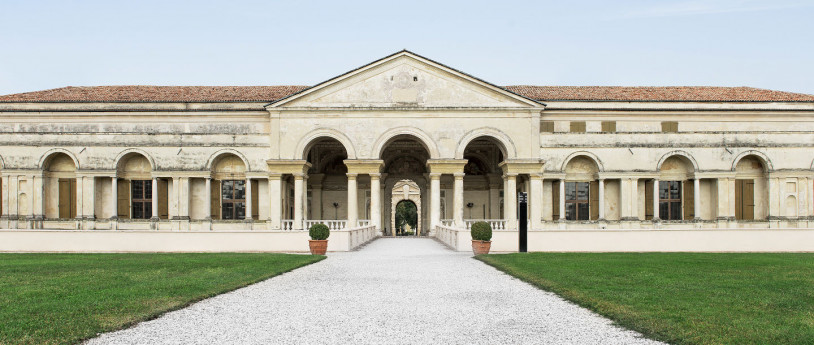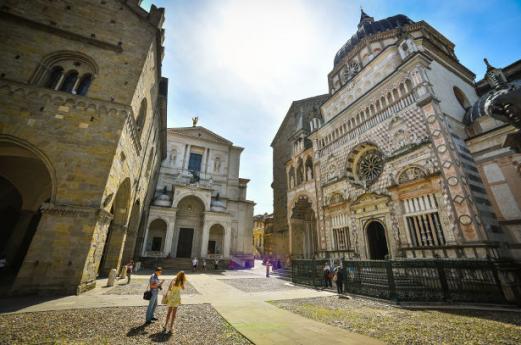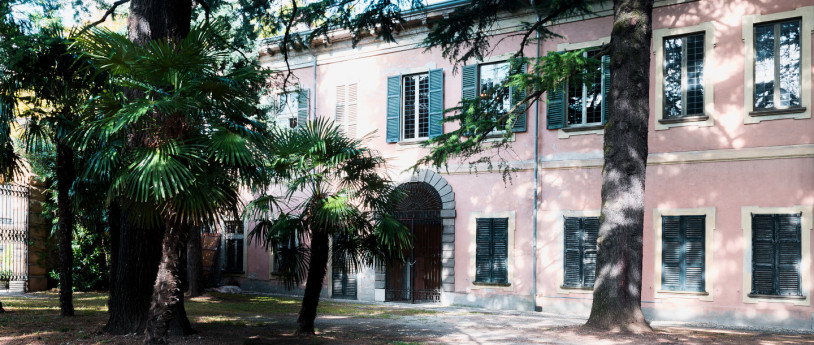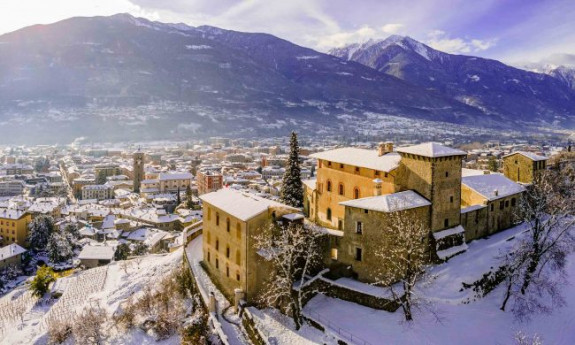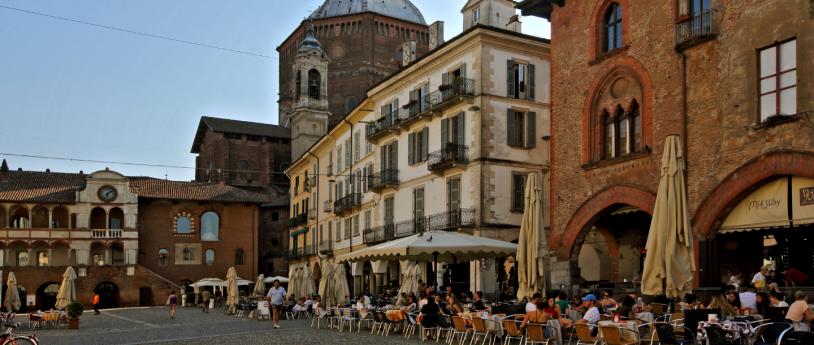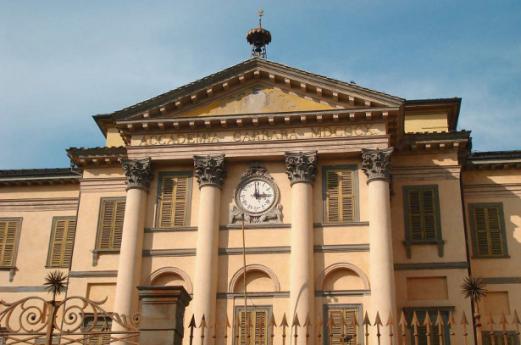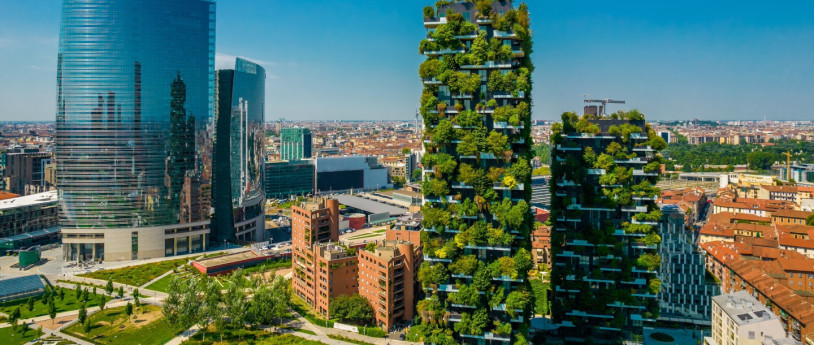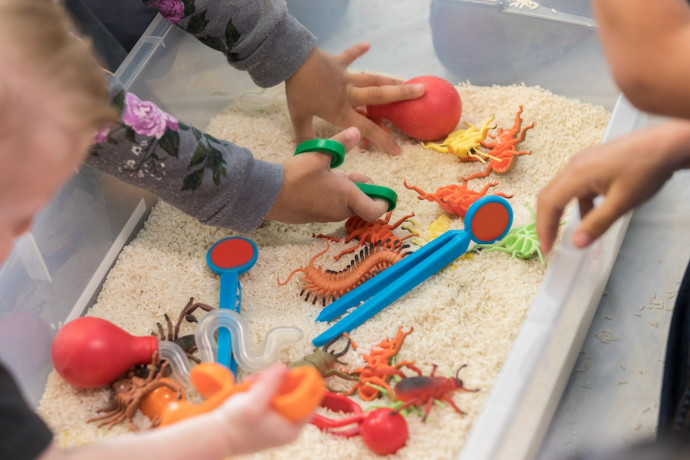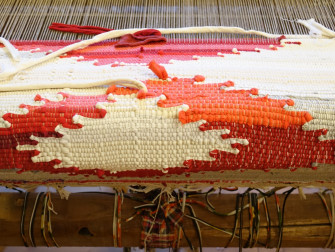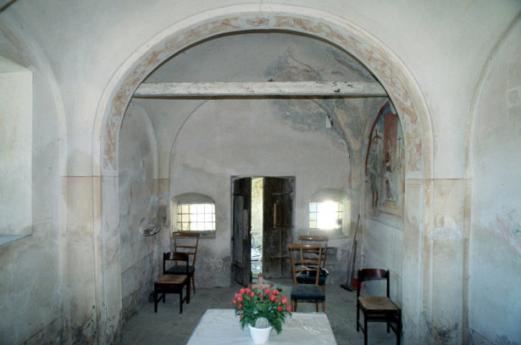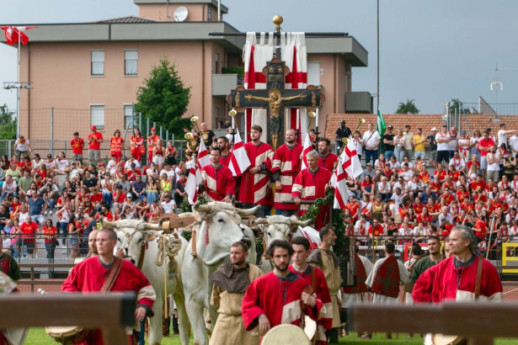- Art & Culture
Lombardy in Paintings by Great Italian Artists
The underlying link between landscape and figurative art is... the map! That's right: before there were technological tools to capture reality, it was artists who observed and replicated the world, and for very practical purposes.
From cartography records to the Ideal City paintings developed in the 15th century, to landscapes and cityscapes, charged with social and political value... all figurative art — both classical and contemporary — has interpreted scenery with different methods and techniques. Panoramas, seas, mountains, lakes and lowlands, colours, atmospheres, and ambiances, all conveyed with brushes, palate knives, and various cameras. And Lombardy's landscapes have always been at the forefront of figurative art... Here are some excellent examples.
In Valsassina with Leonardo da Vinci
Virgin of the Rocks by Leonardo da Vinci (dated 1483-86) is one of the masterpieces of the Tuscan genius who arrived in Milan at Ludovico il Moro's court at the end of the 15th century. In his beautifully rich creation, natural views and landscapes are examined by the eyes of a scientist and rendered by those of an artist. It is indeed the backdrop of one of the most beautiful feminine figures — Madonna and Child together with the infant Saint John the Baptist and an angel — evocative of a terrain which Leonardo, hosted by Sforza in Lombardy, knew well. Behind Mary, the rocks in the background open out as caves revealing mountainous peaks, softly fading in the mist. If you would like to see the Leonardian masterpiece, visit the Louvre in Paris. If, however, you would like to see the view, you need only visit Valsassina: according to some scholars, the cave of Saint John the Baptist in Laorca, Lecco, and the Grigna, a calcareous mountain forming the start of the Bergamesque Alps, are both depicted in the painting. Places that the great artist undoubtedly admired with his own eyes.
The Most Beautiful Vedute in the Province of Milan
Bernardo Bellotto (1721-1780) was the nephew of Antonio Canal, commonly known as Canaletto and, just like his uncle, he was an advocate of vedutismo, the painting of detailed landscapes, of Venice. As avant-garde painters of the 18th century, they both made use of the camera obscura to reflect an image of a view through the closed aperture of a lens onto the canvas, which they would then complete. Together they travelled the European and Italian courts, doing commissioned paintings of nobility, and Bellotto also came to Lombardy. Here, starting from 1744, he created beautiful vedute featuring towns such as Vaprio, Canonica d'Adda, and Gazzada, using oil on canvas with modern detailing which the depicted border at the time between the Duchy of Milan, Bergamo, and the Republic of Venice. The river, the skies, the rays of light across the buildings, the Bergamesque Alps on the horizon, Villa Melzi, and the bell towers of the villages, captured in almost photographic detail. A breathtaking Lombardy landscape, which remains strikingly magical even today.
Lakeland Vistas of the 19th Century
In the 19th century, the Romantic era began, well represented in the intimist works of Lombard vedutisti painters. The Romantic painter and son-in-law of the poet Manzoni, Massimo d'Azeglio (1798-1866), created the beautiful Veduta of Lecco's Port in 1831, a place that the Piedmontese was very familiar with. The oil on canvas serves as an important historical document, a portrayal of the city as it was then, enriched with warm, golden light, typical of the artist who painted the equally charming Vedute of Lake Como.
Perspectives of Lombardy's Capital
Among the perspective painters in Lombardy, successors of their 18th century Venetian counterparts, Giovanni Migliara (1785-1837) was one who captured glimpses of Milan and Lombardy's landscapes on his canvases from the first half of the 19th century. Urban angles, frames of monuments and architecture as in the Veduta of Piazza del Duomo in Milan, an illustrative work that beautifully represents his attention to detail, but also to light and ambiance. Much like his colourful, radiant Porticato of the Basilica di Sant'Ambrogio with its original cutting edge perspective. Two unique artistic records, documenting the history of the main town in Lombardy which became what is now the metropolitan city.
Cityscapes, between Scapigliatura and Verismo
The countryside of Brianza, and the lakes and mountains of Lombardy are the subjects of many artworks of Scapigliatura painters, an Italian Bohemianism style. Scapigliato painter Mosè Bianchi was the creator of the nostalgic Sunset over Porta Ticinese on the Darsena from 1895, which can be seen in Milan's Ambrosiana library, and The Carrobbio. How could you help but notice that the very colours lighting up Milan's canals today are seen in his paintings then? Equally as evocative are the paintings of artists like Filippo Carcano (1840-1914), a leading figure in the school of Lombard naturalism which is charged with social importance in introducing Verismo, Italian realism. On the canvas Breaktime during Work on the Exposition of 1881, Carcano captures real-life workers on their break, in a realistic style and curious gaze, faithfully reproducing the Milan cityscape.
Urban Architecture in 20th Century Paintings
Painting architecture: a practice that gave rise to the skilled Mario Sironi (1885-1961), one of the greatest Italian painters, and one of the founders of the Italian Novecento movement. Form, central to architectural, graphical, scenographic, and sculptural research, is exalted in his urban landscapes of a crude, essential, bare Milan. Likewise, his industrial suburbs, in which nature, the great absentee, gives up its place to walls, streets, factories, and harsh compositional elements, so consistent with that time and the Lombard spirit during it. We find them, in exemplary fashion, in the Bovisa inspired gasometer from the 50s, in its full industrial development at the time, and in each of his canvases that render the modern metropolis: that solitary Milan, which he chose to be his city.
-
